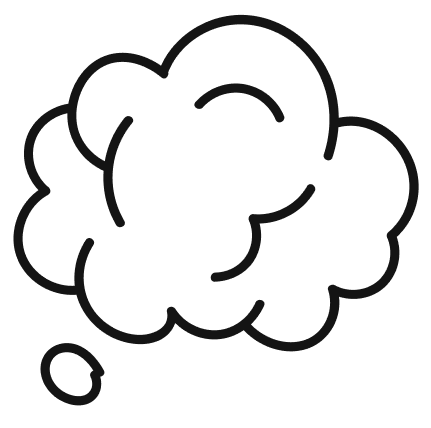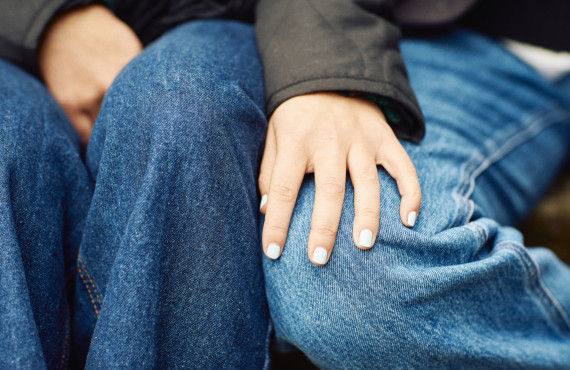An expert explains red flags
By Rachel Barker
First published on VICE.COM

“A Red Flag” is one of many self-pathologising terms that’s constantly thrown around, no thanks to TikTok and Reels.
You might find yourself using “red flags” to describe the traits you’re not so fond of in someone you’ve started seeing. Maybe they never do the dishes or don’t read the news. But is that actually what the term red flag is supposed to be used for?
According to relationship expert Eleanor Butterworth, a red flag describes behaviours that are “early warning signs in relationships” of harmful behaviour – not just things you don’t like about someone. In professional spaces they’re more commonly referred to as “risk factors.”
“Risk factors are those behaviours that evidence and experience has shown to correlate to later outcomes (of abuse),” says Butterworth.
While red flags, or risk factors, aren’t completely objective, there are some common behaviours that can signal a relationship is heading into unhealthy and possibly abusive territory.
Butterworth says these behaviours include:
- Controlling behaviour, like telling you what to wear or who you can hang out with.
- Isolation, which might be a partner isolating you from friends and family, or you as a couple isolating yourself from everyone else (this is sometimes called co-dependency.
- Power imbalance, such as a partner treating you as less important – like a servant or like you owe them something.
- Constant criticism.
- A lack of trust, which might be demonstrated through jealousy, accusations or keeping tabs on you.
- Patterns of frequent anger that might be followed by remorse.
- Ignoring your boundaries.
- Any physical or sexual abuse – including standing over you, blocking doors, threatening to hurt you, or forcing or manipulating you into sexual acts.
These warning signs are incredibly useful in helping professionals identify harm – and while we often talk about red flags as something to avoid in other people, being aware of what’s professionally considered a warning sign can also help us recognise when we might be causing harm to someone else.
It’s important to be cautious of how we use the term “red flags” in our normal lives.
People will probably keep using it as a way to talk about turn-offs or dislikes, but it becomes a problem if we’re using it to imply that our personal preferences correlate with harmful behaviour. You might consider someone not having grown up with a father-figure, or being a poor communicator, to be a red flag – but it doesn’t actually mean the person in question is harmful. And we have to be really careful that we’re not creating connections with abuse that aren’t there.
Butterworth explains, “It’s important to recognise the difference between ‘red flags’ that are about our personal preferences in relationships and ‘red flags’ that signal risk of abuse. One helps us understand ourselves more and find partners who are a better fit, one is about people being safe and free from abuse.”
You may also like
-
 Read
ReadDo you like your partner as a person, or do you like the lifestyle they offer you?
Advice, Relationships















